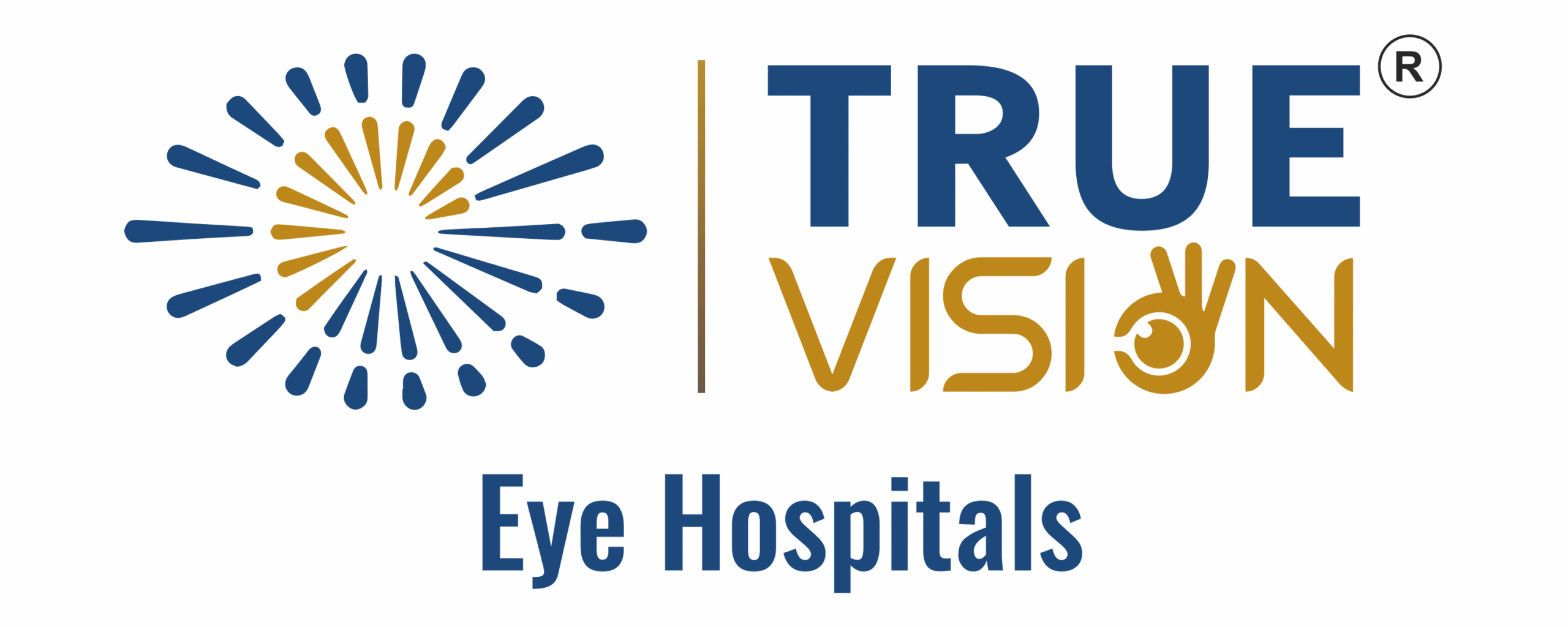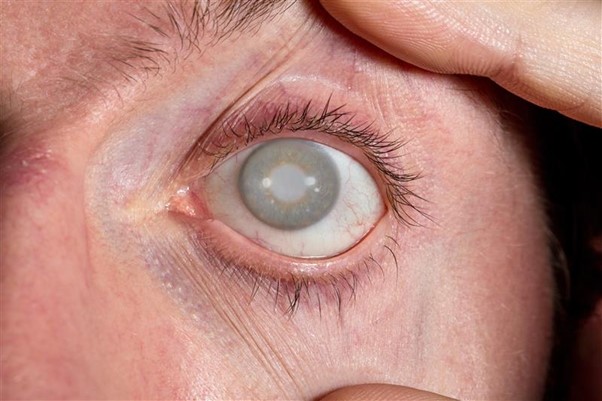Introduction
Cataract is a common eye condition that causes cloudy vision. It can affect people of all ages, but it is more common in older adults. Because cataract can lead to vision loss if untreated, it is important to know the signs and treatment options. In this blog, you will learn about cataract symptoms, causes, diagnosis, and treatment. You will also find tips for keeping your eyes healthy.
What is a Cataract?
A cataract is a clouding of the eye’s natural lens. Normally, the lens is clear and helps focus light onto the retina. However, with a cataract, the lens becomes cloudy. As a result, vision becomes blurry or dim. Over time, cataracts can make daily tasks like reading or driving difficult. According to the World Health Organization (WHO), cataracts are a leading cause of vision loss worldwide.
Common Symptoms of Cataract
Cataract symptoms often develop slowly. At first, you may not notice any changes. However, as the cataract grows, you may experience:Cloudy or blurry visionDifficulty seeing at nightSensitivity to light and glareSeeing halos around lightsColors appearing faded or yellowedFrequent changes in eyeglass or contact lens prescription
Sometimes, only one eye is affected at first. But over time, both eyes may develop cataracts. If you notice any of these symptoms, it is important to see an eye doctor.
Causes and Risk Factors
Cataracts can form for many reasons. Most often, they are related to aging. However, other factors can increase your risk. For example:Family history of cataractDiabetes or other health problemsEye injuries or past eye surgeryLong-term use of steroidsSmoking or heavy alcohol useToo much sun exposure without eye protection
Because some risk factors can be controlled, making healthy choices may help lower your risk.
How Cataract is Diagnosed
Eye doctors use several tests to diagnose cataract. First, they will ask about your symptoms and medical history. Next, they will perform a complete eye exam. Common tests include:Visual acuity test (checks how well you see at different distances)Slit-lamp exam (looks at the front parts of your eye under a special microscope)Retinal exam (checks the back of your eye after dilating your pupils)
With these tests, doctors can find out how much the cataract affects your vision. Early diagnosis helps prevent further vision loss.
Treatment Options for Cataract
At first, you may manage mild cataract symptoms with stronger glasses or better lighting. However, as cataracts progress, surgery is often needed. Cataract surgery is safe and common. During the procedure, the cloudy lens is removed and replaced with a clear artificial lens. This is called lens replacement. Most people see better soon after surgery. According to the Centers for Disease Control and Prevention (CDC), cataract surgery has a high success rate.
Sometimes, both eyes need surgery, but usually not at the same time. Your doctor will help decide the best time for surgery based on your symptoms and daily needs.
Tips for Cataract Prevention and Eye Health
While not all cataracts can be prevented, you can lower your risk by taking care of your eyes. Try these tips:Wear sunglasses to protect your eyes from UV raysEat a healthy diet rich in fruits and vegetablesDo not smoke and limit alcohol useManage health problems like diabetesHave regular eye exams, especially as you get older
Because early detection is key, regular check-ups can help catch problems before they get worse.
Conclusion
Cataract is a leading cause of cloudy vision and vision loss, but it is treatable. If you notice changes in your vision, do not wait. Consult an eye specialist for personalized advice on cataract diagnosis and treatment.

